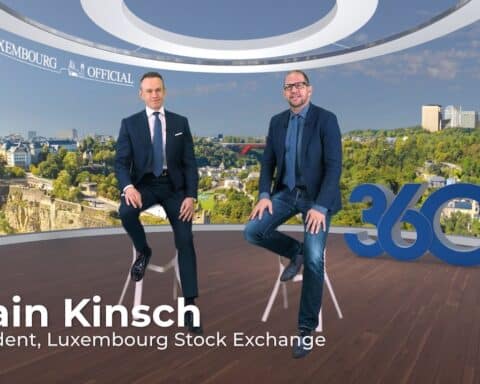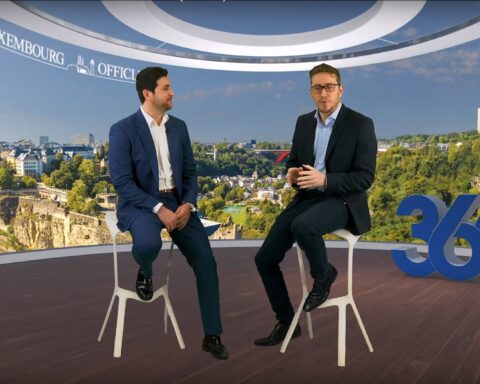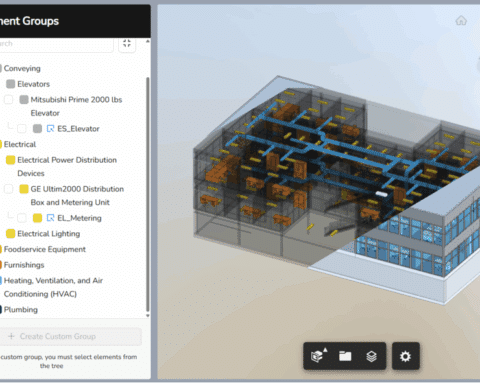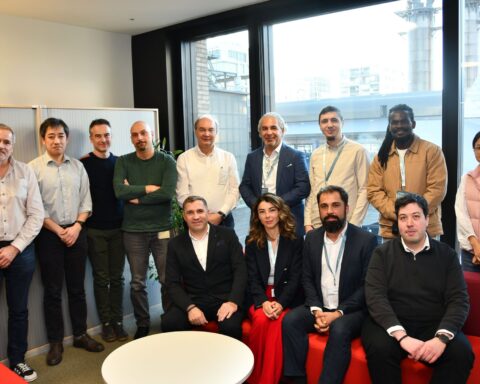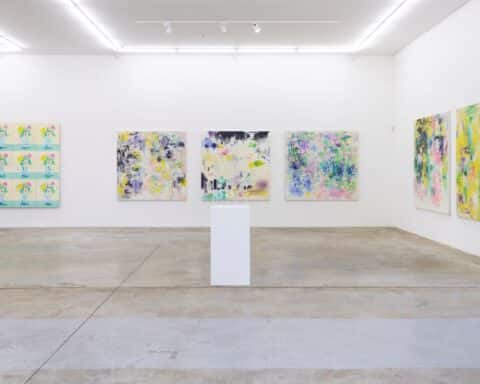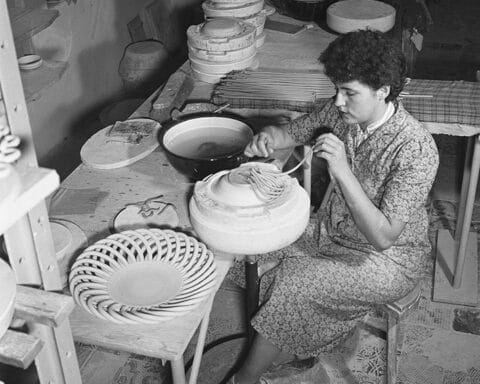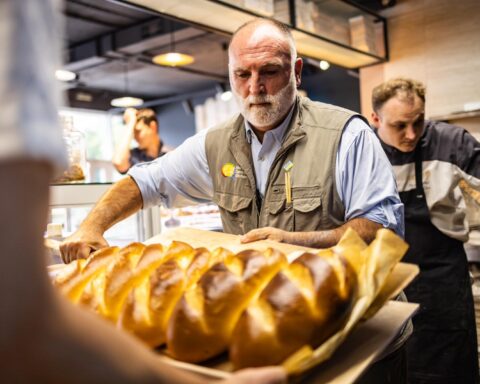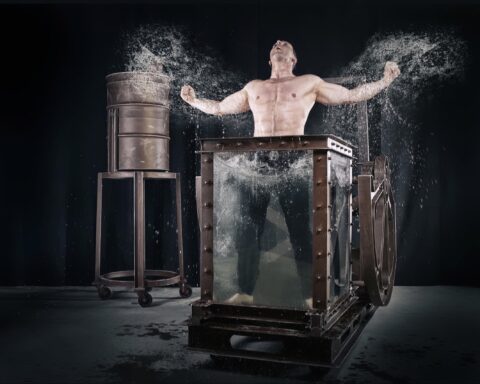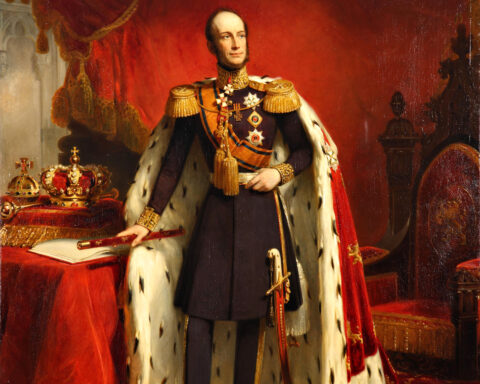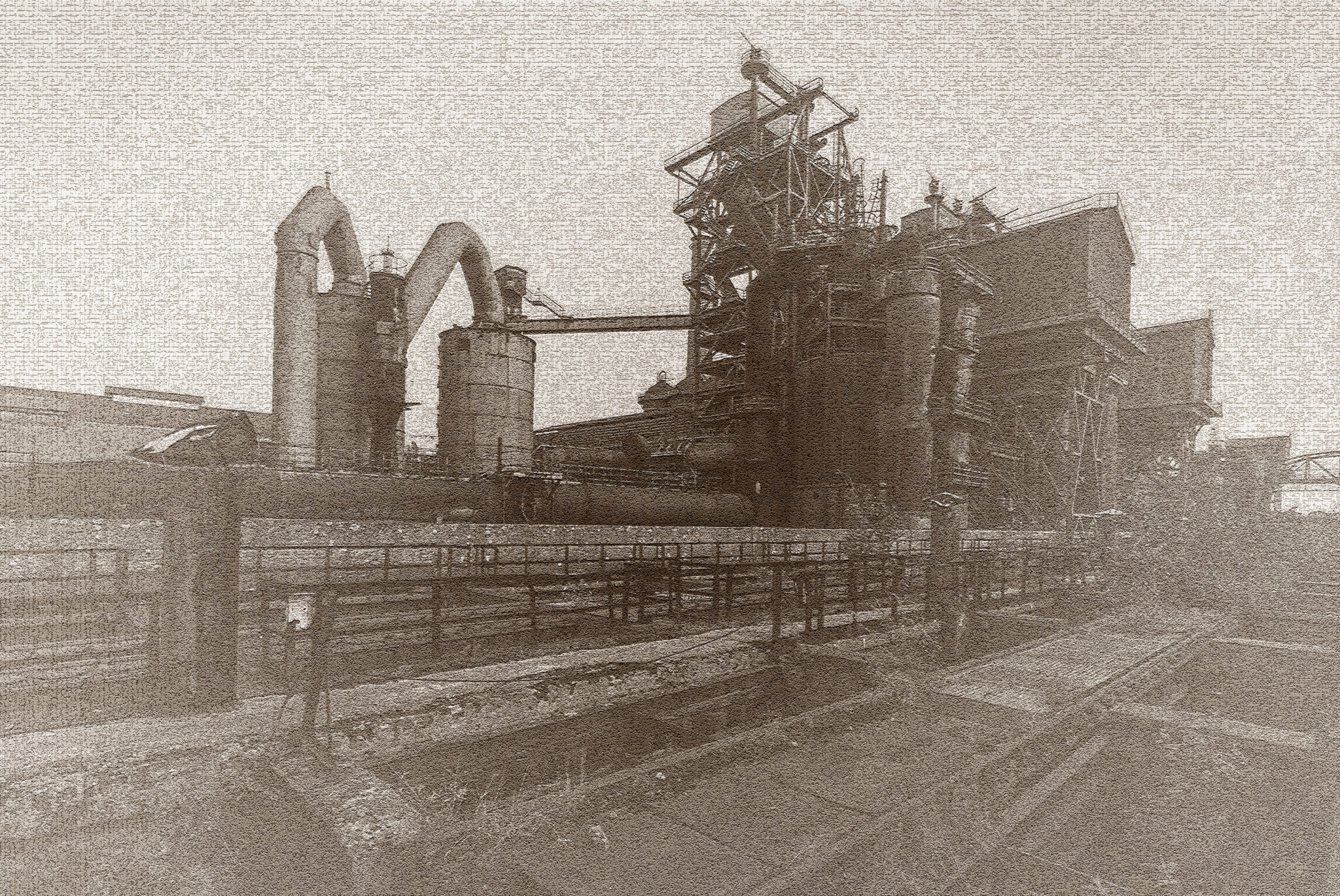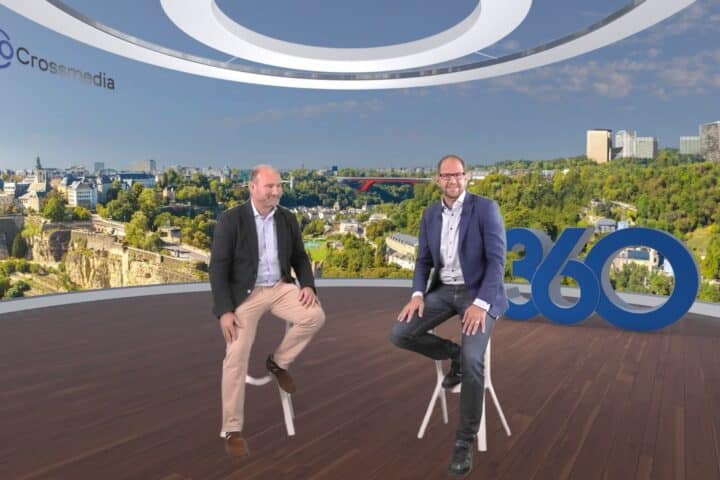Some 88% of Luxembourg’s gross domestic product arises from the services sector. Those unfamiliar with its history would be surprised by the extent to which the foundations of the Duchy’s prosperity were forged in blast furnaces making steel, that even today is rolled out to support construction across the globe.
What is the history of steel in Luxembourg?
Iron ore has been extracted in what became Luxembourg for time immemorial. But the Duchy’s steel industry “blasted off” when it was provided with a launching pad for exports to the east when it joined the Zollverein (German customs union) in 1842. Expansion was helped by the discovery of Minette, an ore that was cheaper and easier to use than traditional iron ore. After peaks and troughs, steel production peaked in the 1970s. At one stage Luxembourg’s per capita steel production was the highest in the world. Thereafter the industry faced painful restructuring as electricity replaced coal in blast furnaces, Simultaneously, steel output became increasingly concentrated in fewer hands. In 2002 ArcelorMittal emerged, as the largest force in world steel, including Luxembourg.
For what is Luxembourg steel used?
Luxembourg benefitted from the freedom to export steel through the Zollverein, and later the European Iron and Steel Community that was to evolve into the European Union. At their highest steel exports represented 60% of exports meaning that Luxembourg was not dependent on its tiny domestic market. Minette allowed for lighter, stronger steel, giving Luxembourg a competitive advantage. As a result, its steel output can be found in the highest-profile construction projects around the world. The Freedom Tower, the tallest building in the Western Hemisphere, which replaced the destroyed World Trade Center, was constructed using Luxembourg steel. A further tribute to the attributes of Luxembourg steel has been its use in the headquarters of the high-end motor company, Ferrari. ArcelorMittal steel from Differdange is being used in the construction of a new lifestyle and leisure complex at Singapore’s Changi Airport.
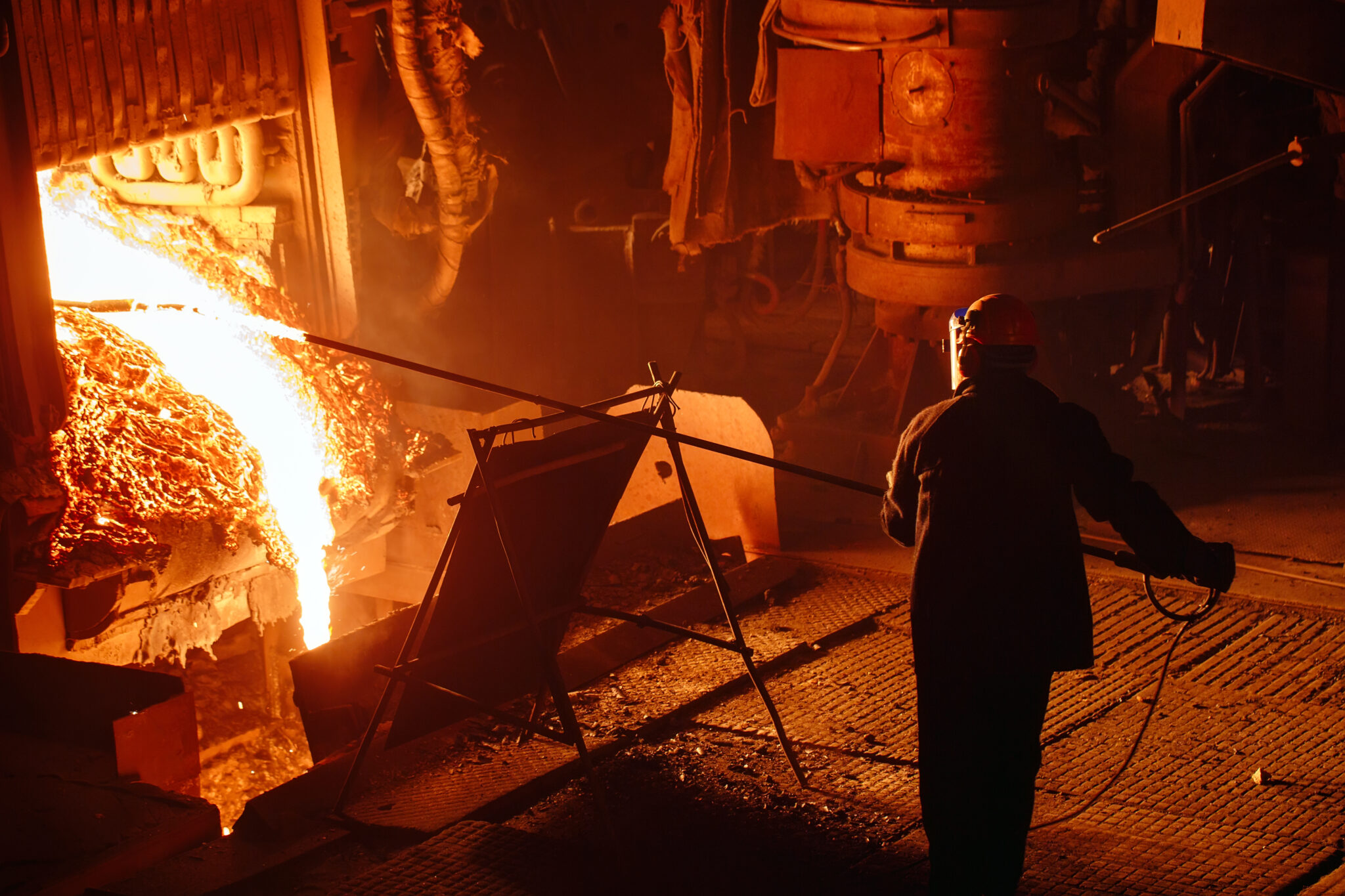
“Steel has contributed to the diversity and internationalization of Luxembourg”
What is the legacy of Luxembourg’s steel history?
Steel was the foundation of the railway system that tied Luxembourg to the rest of Europe both for the importation of coal and coke and the export of steel. Even the migration of Luxembourg farmers to the mines and steel mills did not satisfy the need for labor. Luxembourg became a country of immigration: Germans, Italians, and more recently the Portuguese swelled the labor force. In 1910, immigrants represented 15.3% of the total population. Today, they account for nearly 50%. Steel has contributed to the diversity and internationalization of Luxembourg. This has benefited the country as it transformed its industrial economy into one based on financial services. Even the downturn in steel demand and industry crisis in the 1970s had an upside. It led to the Tripartite agreement under which employers, employees, and public authorities respond to social and economic problems by seeking consensual solutions together.

